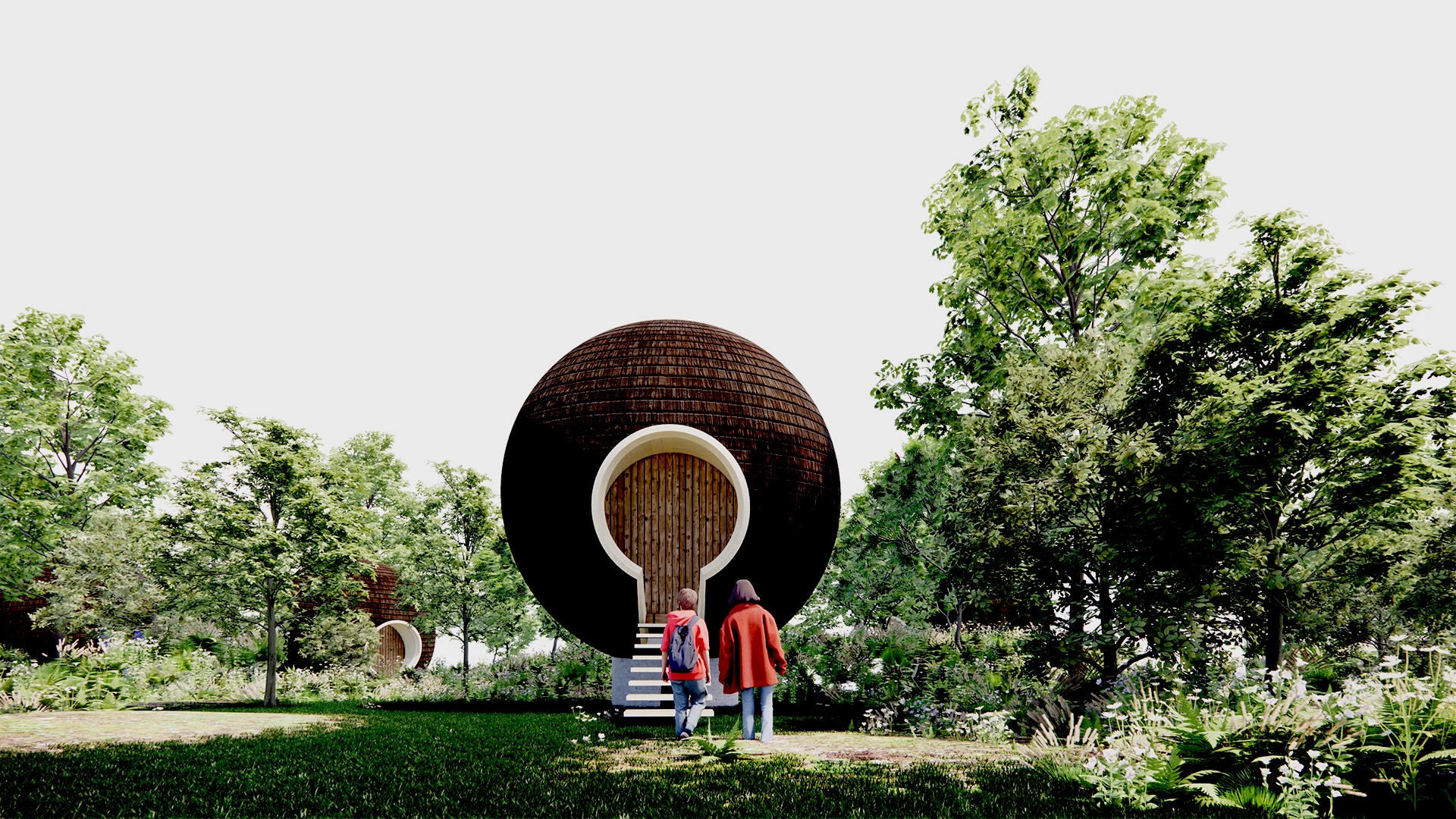In the heart of Gadehavegaard, a residential area with a vision for transformation, eighth-grade students from the Ole Rømer School have embarked on a unique design journey. Two theme weeks, under the umbrella of the New European Bauhaus project DESIRE, have brought about innovative ideas for the development of green areas and empowered young minds to shape their surroundings by actively participating in the design process.
The collaborative effort was led by Desire partners Backscatter and GXN, an innovation and consulting company associated with 3XN Architects. The experiences from the project have inspired the two partners to develop a toolkit that will simplify the process of involving youngsters in projects for architects and city planners in the future.
In a candid joint interview, we caught up with Kåre Stokholm Poulsgaard, Partner and Head of Innovation at GXN, and Thøger Riis Michelsen, partner in Backscatter, to delve into their partnership, the design process, and the toolkit they’ve developed.
Q: What inspired GXN and Backscatter to involve eighth graders in the design process at Gadehavegaard?
A: The inspiration came from the public housing company Domea. Domea was eager to explore how a new green park under development in Gadehavegaard could positively impact social dynamics among youths and their families. Backscatter was crucial in refining Domea’s initial concept before bringing GXN on board as the partner responsible for the co-design process.
Q: How did you work with the pupils?
A: We aimed to take the pupils’ ideas seriously and demonstrate that their concepts and sketches could evolve into professionally crafted design proposals. We facilitated a co-design approach that allowed the eighth graders to generate ideas, concepts, proposals, and pitches. Our primary responsibility was to develop an engagement process that prioritized the pupil’s experiences and ideas.
Q: Why involve children in the design process?
A: Children spend significant time in the areas they live in, providing them with a unique understanding of what works and what doesn’t. Their inclusion injected creativity and imagination into the design process. Part of the value lies in developing new and fun ideas, but of equal importance is the window this provides into the world of this often-overlooked demographic. Designing together allows you to build genuine contextual knowledge about the needs and dreams of young people. Ultimately, we believe that a more informed process equals better design.
Q: How did the collaboration unfold?
A: Engaging 40 young teenagers in two weeks of focused work is challenging but immensely meaningful. Collaborating with teachers at the Ole Rømer School was crucial in tailoring the process to the pupil’s needs and instrumental in the design work. Capturing their attention required continuous effort, but their creativity and delivery surpassed expectations. They offered fantastic ideas, posed critical questions, and displayed the courage to immerse themselves fully in the creative process.
Q: How did the pupils react to the final 3D images?
A: They were genuinely excited. And critical. Their critical comments on the initial iteration regarding expression, materials, and use were integral to the process. We presented designs based on their sketches and models, encouraging them to criticize and refine the ideas throughout.
Q: How has working with young people affected your perspective on design processes?
A: The process was interesting as it required balancing the pupil’s local insights, imagination, and original ideas with GXN’s practical design skills. It was crucial to achieve a balance that allowed everyone to contribute their strengths while maintaining the students’ ownership. There is nothing you see in the final renders and visualizations that did not originate in a pupil’s sketch or model; our design team then worked to turn these into realistic 3D models and renderings as faithfully as possible.
Q: You have just released a new toolkit based on your experience – what is it about?
A: The toolkit is a unique outcome of the project, and we aim to make it accessible to a wider audience. It provides a hands-on description and plan for others to replicate and implement. The toolkit takes participants through six steps, from building contextual knowledge through qualitative research, design ideation, and prototyping to pitching final concepts. Each step is presented alongside examples from Gadehavegaard. As an open-source resource, we anticipate that it will inspire others to explore ways to adapt it for their co-design processes.
The toolkit is now available. Anyone interested can download the material here: https://d0t7.short.gy/GXN-Desire-Toolkit
DESIRE, an Irresistible Circular Society, is funded by the European Union. Find out more here: https://www.irresistiblecircularsociety.eu/







